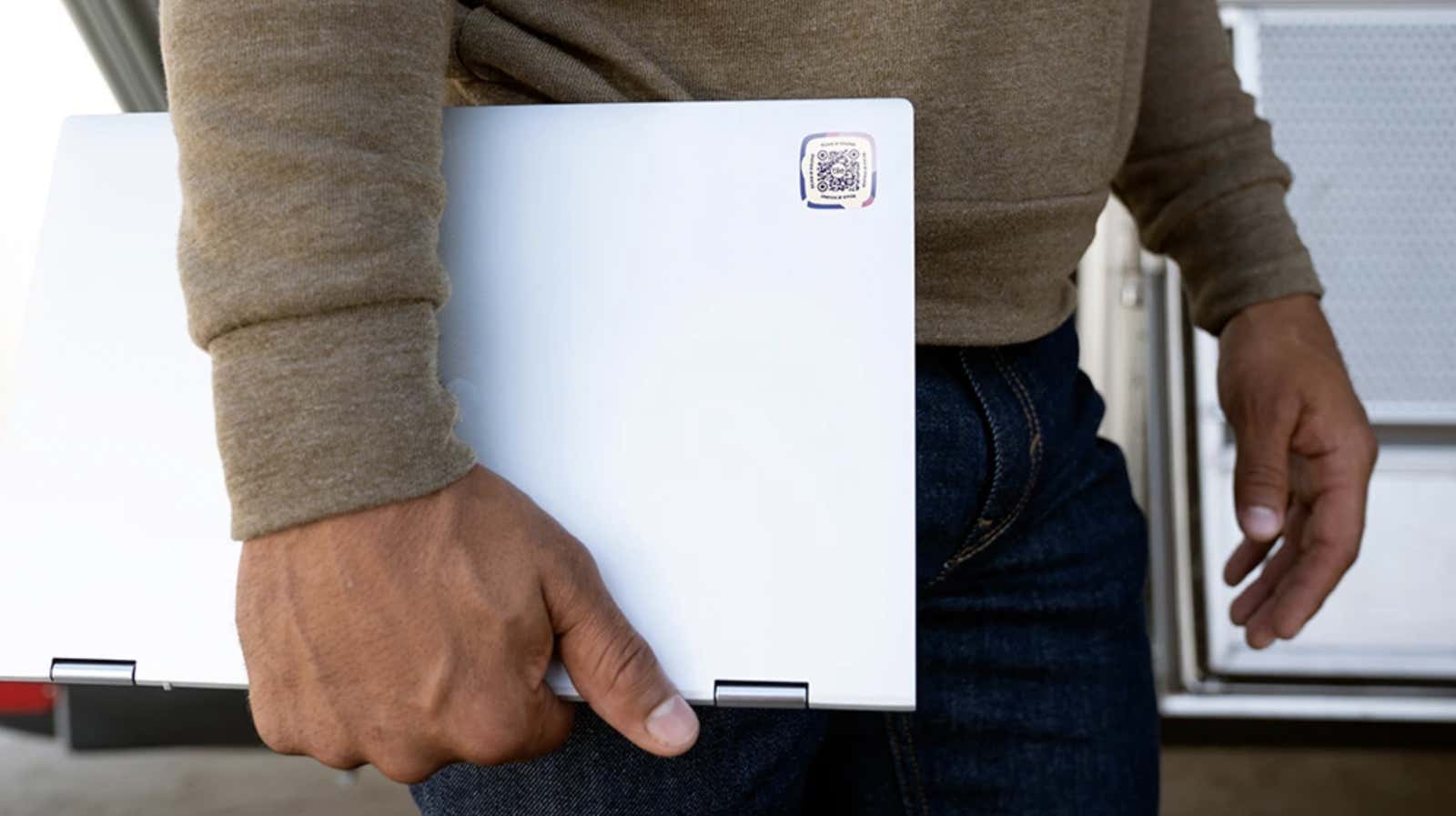Anti-AirTags by Tile – a Safer Way to Track Your Items

Apple’s AirTags didn’t get the positive press the company was probably hoping for . While tiny devices are great for keeping track of things in your life that often go missing ( with the exception of your children ), they have also generated controversy as stalkers have used them to track people. Not cool. But AirTags are not the only tracking devices on the market. They are following in the footsteps of Tile, a company that seems to be trying something a little different in the tracking business.
Tile is no stranger to building tracking devices. The company, of course, first introduced its Tile trackers years before Apple entered the ring. Unlike AirTags, which are all the same, Tile makes trackers in different shapes, sizes, and styles that can be placed on key chains, inside wallets, and anywhere you can tag your items. Tile devices also work exactly like AirTags, only within the Tile ecosystem. In the same way that AirTags communicate with Apple devices on the Find My network to update their location, Tile trackers communicate with phones running the Tile app.
Tile has probably not received the same level of attention or criticism from the media since it operates on a much smaller scale. With Tile, you don’t know if someone has an app or not. With AirTags, anyone with an iPhone becomes a homing beacon. However, Tile faces the same potential privacy issues as AirTags. Perhaps that’s why the company offers a stripped-down and simple version of its product: QR code stickers.
Tile calls them “lost and found labels,” but they are essentially QR code stickers. Labels are very simple: you stick one on the product you want to follow and then activate it with the Tile app. Once you’ve done this, you’ll be able to specify how you’d like to be contacted if someone stumbles upon your lost item, be it your email address or phone number.
Unlike Tile trackers, they don’t need to have the Tile app to contact you: all a Good Samaritan has to do is scan a QR code in the same way as, say, a restaurant menu, and he will have access to the facility of your choice. connections.
Another advantage over traditional trackers is the lack of a battery. This may be obvious since they are stickers, but it means you don’t have to worry about changing the battery on your tracker after a year or replacing the whole device. They are even dishwasher safe, so you don’t have to worry about your glass losing its sticker after just one wash cycle.
Of course, you lose the convenience of passive tracking, as the tags won’t be able to automatically associate with passing devices. But shortcuts can work almost as well. We humans are curious creatures. We see a label, we scan that label. Plus, it doesn’t hurt that each label is printed with four “Scan if found” messages, just in case a less nosy person passes by your lost item.
Tile sells its lost and found labels in a weird way, at least for now. You need to buy three sheets of five labels at once , for a total of 15 stickers with a QR code. This earns you $14.99, or essentially $1 per tag. I’m not sure why you can’t buy individual sheets, but that’s how it’s done for now.
[ 9to5Google ]